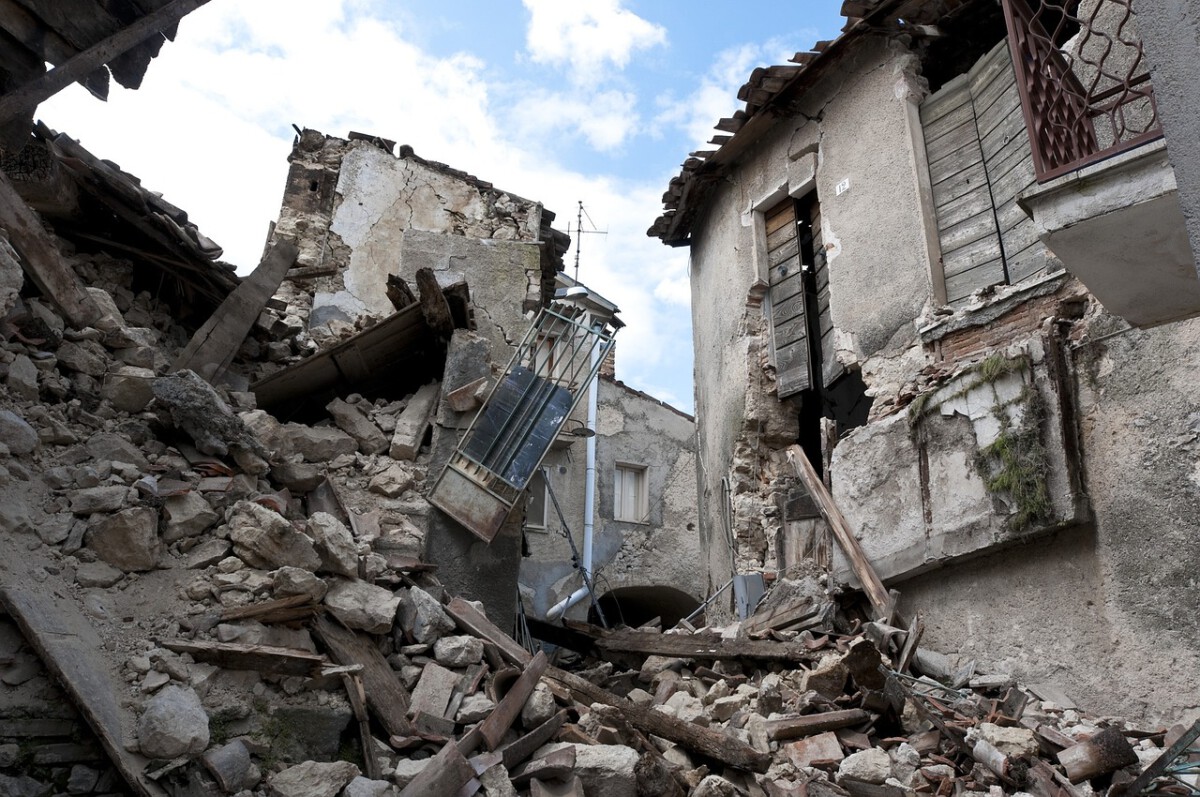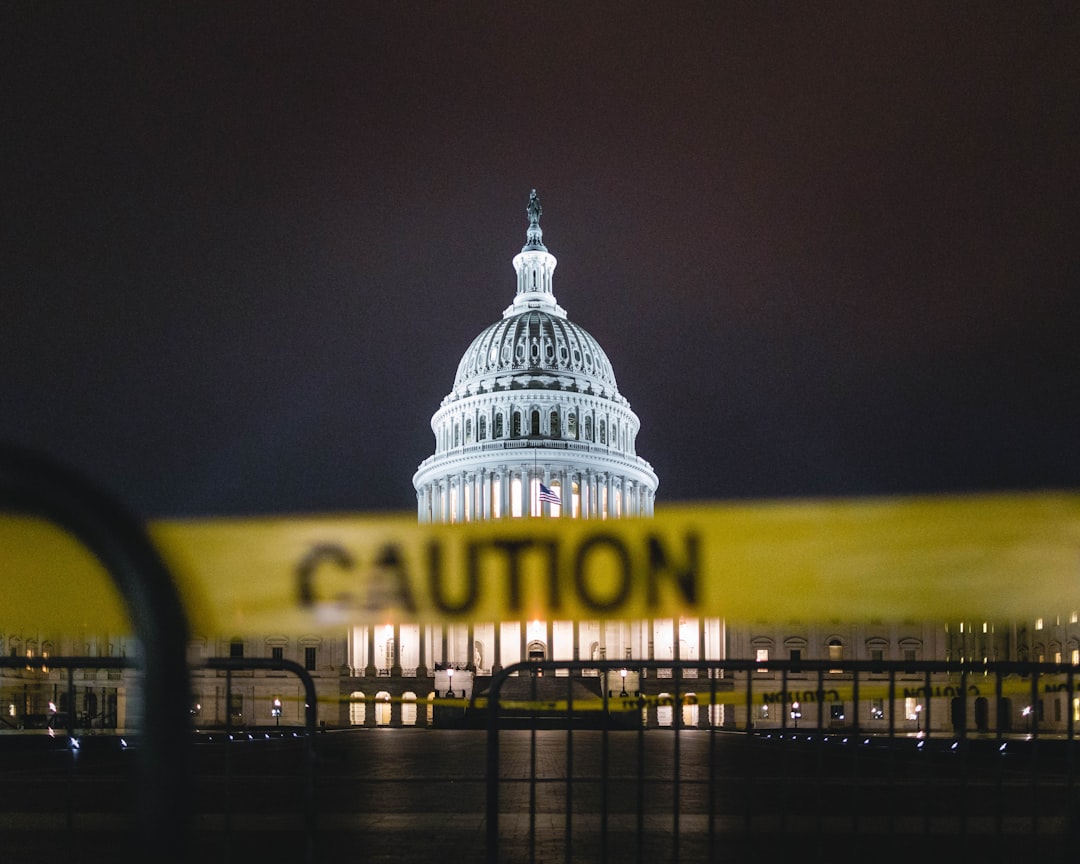The Netherlands: Champions in Living with Water

In the world of flood management, the Netherlands stands tall—quite literally above water—thanks to its unmatched expertise. The Dutch have been battling floods for centuries, and their cities now boast some of the world’s most sophisticated defenses. As of 2025, the government has poured over €1 billion into projects like the Room for the River, which lets rivers safely overflow into designated areas instead of city streets. Smart sensors monitor water levels in real-time, and local residents take part in regular flood drills, making preparedness a national habit. Rotterdam, for example, has created “water plazas”—public spaces that double as reservoirs during heavy rain. A Dutch engineer recently said, “We don’t fight water; we work with it.” This attitude, blending high-tech solutions with community action, keeps Dutch cities safe even as storms grow fiercer.
Japan: Tech-Savvy and Always Prepared

Japan’s approach to city floods is as precise and advanced as you’d expect from a nation known for innovation. The government has invested about $2 billion in recent years to upgrade its flood defenses, including massive underground reservoirs beneath Tokyo. Early warning systems can notify millions within minutes if flooding threatens, and frequent drills mean everyone knows what to do. Green roofs and permeable pavements are now common in urban centers, soaking up stormwater before it overwhelms drains. After devastating typhoons in recent years, Tokyo’s “Super Levees” have become a model for resilience. A disaster official remarked, “Preparedness is in our DNA.” With nature always ready to test their defenses, Japan’s cities remain on high alert, turning technology and discipline into powerful shields.
Singapore: Turning the City Into a Sponge

Singapore is rewriting the playbook for urban flood resilience, blending nature with engineering in a city that gets hit by heavy tropical downpours. The government’s $1.5 billion investment in upgraded drainage and the ambitious “Sponge City” initiative is transforming how water is managed. Parks and wetlands are being woven into the city’s fabric, designed to absorb excess rainfall. By 2025, the city-state is boasting an extensive network of bio-retention basins and green roofs, drastically reducing the number of flood-prone areas. Continuous research drives new strategies, with university teams and government agencies working side by side. A city planner recently explained, “Every patch of grass is now a piece of flood defense.” Singapore’s forward-thinking approach is proving that even the densest cities can stay dry through creativity and planning.
Germany: Blending Engineering with Nature

Germany’s flood management strategy is a balanced blend of robust engineering and ecological restoration. The government has allocated €800 million to flood prevention, focusing on projects like restoring floodplains and building retention basins. Cities such as Hamburg have made climate resilience a core part of their urban planning, integrating green corridors that double as emergency water channels. Public education is a top priority; regular campaigns teach citizens how to prepare for and respond to floods. Germany’s approach goes beyond concrete—restoring rivers to natural states allows them to safely overflow. A local official put it simply: “Nature is part of our defense.” This comprehensive, proactive stance is helping German cities withstand the ever-growing threats of extreme weather.
Canada: Harnessing the Power of Nature

Canada is increasingly turning to nature-based solutions, recognizing that wetlands and restored floodplains are some of the best defenses against urban flooding. A new $1 billion fund, announced in 2025, is dedicated to green infrastructure in cities across the country. Toronto, for instance, has rolled out rain gardens and green roofs that reduce stormwater runoff. Municipalities are also working closely with Indigenous communities, who bring generations of ecological knowledge to flood management. This partnership is producing more inclusive and effective strategies. One environmental leader shared, “We’re learning to let the land do its job.” By trusting natural systems and updating infrastructure, Canadian cities are making real progress in staying above water.
Australia: Experimenting with New Defenses

Australia faces relentless storms and flash floods, but cities like Brisbane are meeting the challenge with a mix of innovation and grit. A $500 million investment in 2024 funded new levees, floodways, and upgrades to drainage systems. Community engagement is at the heart of Brisbane’s plan, with residents encouraged to participate in flood awareness workshops and neighborhood preparedness programs. Predictive modeling technology is being piloted to anticipate and respond to flooding with greater speed. “We’re not just reacting; we’re preparing proactively,” a city official emphasized. There’s a real sense of camaraderie as neighbors look out for each other, and the government’s willingness to try new technologies is keeping Australia in the race against rising waters.
United States: A Patchwork of Progress and Problems

The United States presents a complex picture when it comes to city floods—some places shine, while others stumble. New Orleans is often cited as a success story, with billions spent on levees and massive pumps since Hurricane Katrina. Yet many cities, especially in the Midwest, are still battling aging infrastructure and underfunded flood programs. In 2025, a $3 billion federal investment aimed to close the gap, prioritizing the most vulnerable communities. However, disparities in funding and resources remain glaring. Some cities are leading with smart, community-based flood planning, while others lag due to bureaucracy and red tape. As one urban planner put it, “In America, your ZIP code can determine your flood fate.” The country’s mixed record is a reminder that success in flood management is never guaranteed.
Bangladesh: Battling the Brunt of Climate Change

Bangladesh is on the frontlines of climate-driven flooding, with geography and dense population working against its cities. In 2024, catastrophic floods displaced millions, underscoring the urgent need for stronger defenses. The government has rolled out community-based management programs, training locals to act fast when waters rise. But funding is a constant hurdle, and major infrastructure projects often stall. International aid plays a crucial role, but it’s rarely enough to meet the scale of the challenge. A local disaster worker said, “We do what we can, but every year, the water comes back stronger.” Bangladesh’s struggle is a stark reminder of the global inequalities at play in climate resilience.
India: Cities Overwhelmed by the Monsoon

India’s urban flooding crisis is growing worse as cities expand faster than their drainage systems. Mumbai and Chennai are hit hardest, with streets regularly turning into rivers during monsoon rains. In response, the government unveiled a $2 billion plan to overhaul urban flood management, focusing on new drains and early warning systems. However, red tape and limited resources slow progress. Community groups are stepping up, advocating for rainwater harvesting and green infrastructure as sustainable solutions. A Mumbai resident said, “We’re learning to live with water, but we need real change.” The sheer scale of India’s cities makes flood management a daunting task, and the race to catch up is urgent.
Philippines: On the Front Lines of Frequent Floods

The Philippines faces relentless flooding from typhoons and heavy rains, putting cities like Manila under constant threat. A $1 billion government program launched in 2024 aims to upgrade drainage and boost community preparedness, but the challenges run deep. Informal settlements in flood-prone areas make evacuations difficult, while poverty limits access to resources. Partnerships with international organizations are bringing in new ideas, focusing on sustainable infrastructure and better early warning systems. “Every year we rebuild, but the water always finds us,” a Manila resident shared. The struggle is daily and deeply human, with resilience forged in the face of repeated hardship.







